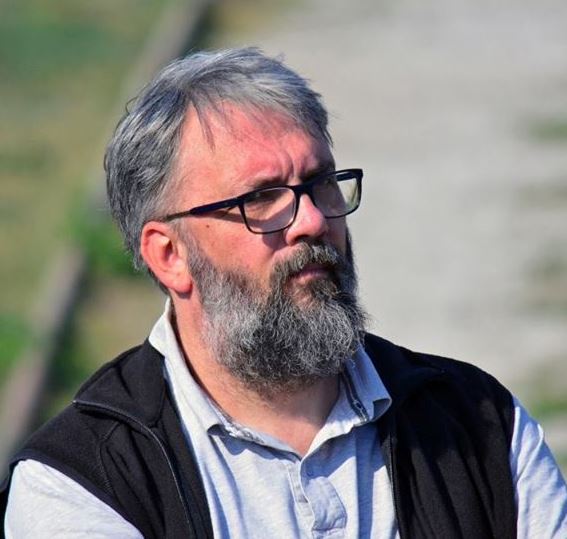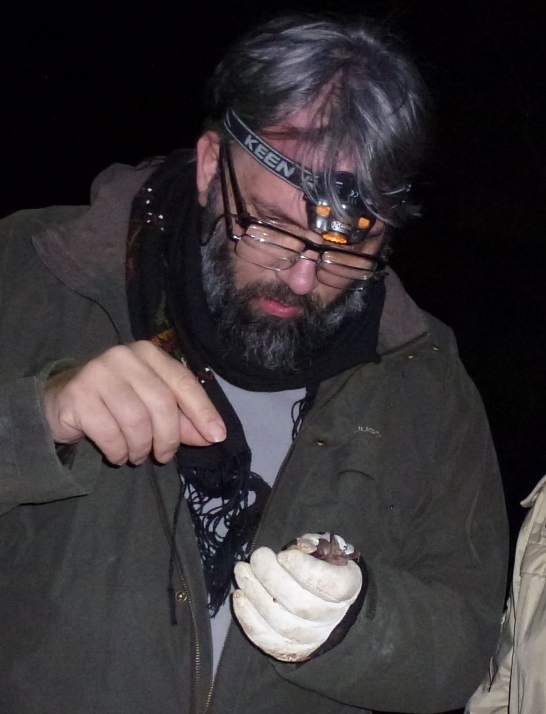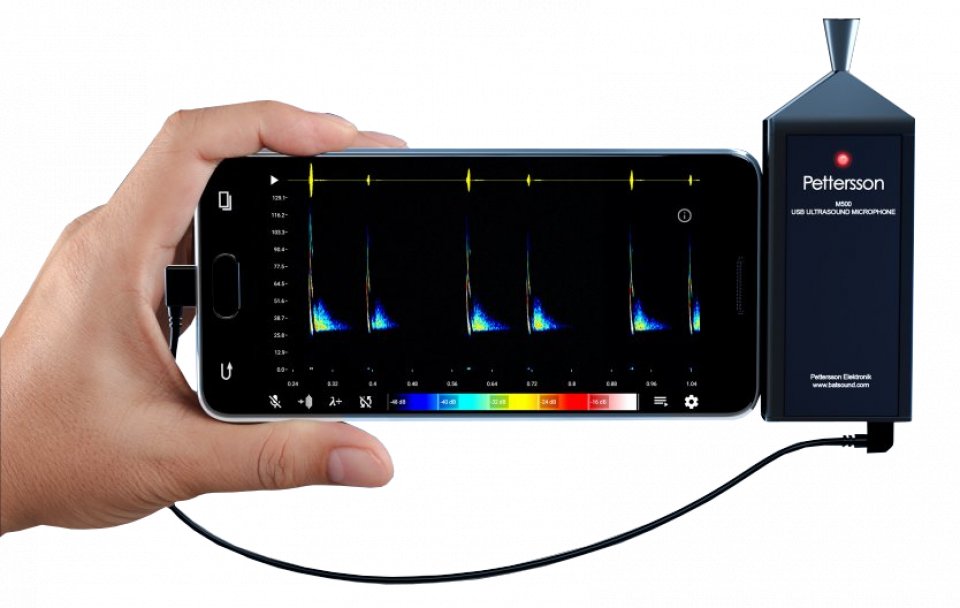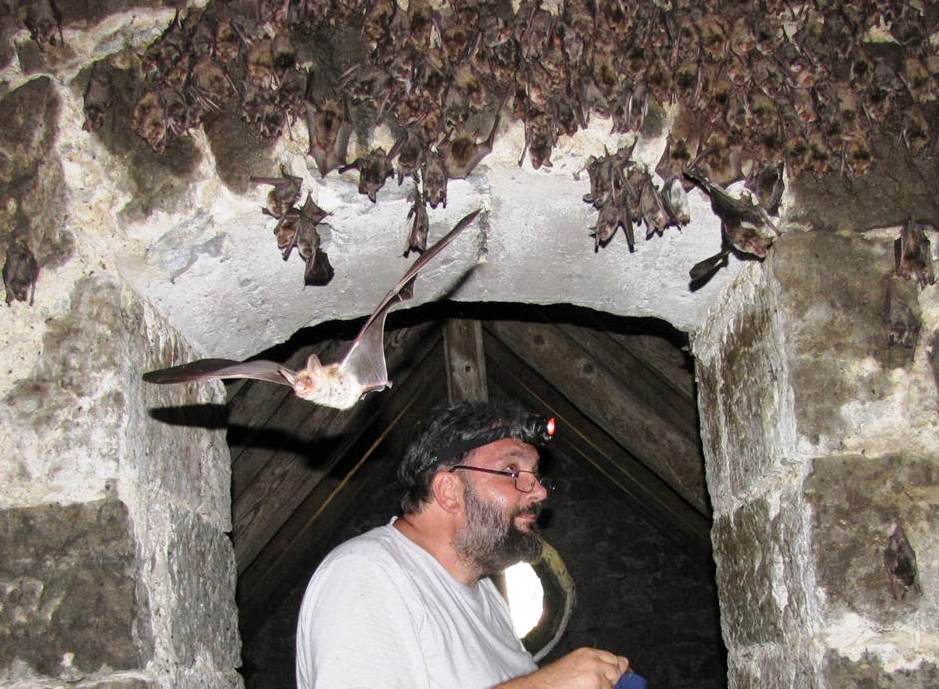DINO SCARAVELLI
Reading Time: 5 minutes
Born in 1964, PhD in Animal Biology, degree in Agricultural Sciences, university professor at the universities of Bologna and Teramo where he taught General Zoology, Zoology of vertebrates, Theriology, Biology of large marine vertebrates, Wildlife management, Conservation Biology. Since 2000 in the Chiroptera specialist group of the IUCN and EUROBATS Scientific Focal Point. He has long professional experience in various fields of natural sciences, carrying out his professional action and scientific research on bats, micromammals, mesocarnivores, herpetology, detection of natural ecosystems, management of protected areas, museology, entomology, parasitology and pathology of wild animals, vertebrates marine. He deals with management plans as well as assessment for industrial plants. In the field of pest control he is a professor of IPM for rodents, management of bird populations and has to his credit research and expertise on rodents, birds, snakes and other problematic species, as well as management plans for alien species. He has to his credit many contributions to national and international conferences as well as several publications.
https://www.unibo.it/sitoweb/dino.scaravelli
https://www.sterna.it
Today we have a chat with him to learn more about his activities in the acoustic field
Dino, can you tell us how you started?
I have always been attracted to animals, starting from an early age to explore their world. Little more than a teenager and engaging in bats, I was lucky enough to meet Peter Zingg in the Museum in Verona with whom we went to detect bats and who had a batdetector built by K. Zbinden, an exaggerated thing funtioning with a series of half torches batteries. Continuing to study the nocturnal hairy beasts, I arrived to investigate their sounds with a first Pettersson, a 940 connected to a mythical analog Marantz, just 2 kg of batteries, which dried up in one evening. And I learned wonderful things thanks to the teachings I received in Spain from a mythical H. Baagoe and the Donana group. Then I was lucky enough to go for sounds with I. Ahlen and many others. The curiosity for acoustic ecology of bats is a path that never ceases to amuse me.

And more recently?
The same!. And luck also led me to collaborate with Gianni Pavan and have students who cheered me up with their skills, which obviously exceeded me by far.
I also continue to explore the sounds of many other taxa and to use bioacoustics in my professional activity.
What equipment do you use?
I use the entire range of Pettersson BDs. Knowing Lars personally, I had the opportunity to try the various models and today I use them in various activities from the 240x and D1000 for research and the profession and the fantastic D500 in addition to the new M500 for the tablet. For the acoustics of birds and insects I use the I use a DIY NatureSound stereo parabola, adapting two parabolic discs of different diameters as needed; for water I use the Nauta hydrophones.

Is there any species or group of species that you are particularly passionate about?
Obviously bats are a great passion but I am attracted to too many things. Listening and understanding is a passion to let flow.

Future projects?
Too many, many ideas and little money. I continue to use acoustics for wildlife assessments and biodiversity surveys. Italy is a real amusement park and I collect sounds from the Alps to the islands. Thanks to the collaborations of many friends, there is a mountain of sounds to explore.
ITALIAN VERSION
Classe 1964, PhD in Biologia Animale, laurea in Scienze Agrarie, docente universitario a contratto negli atenei di Bologna e Teramo dove ha insegnato Zoologia generale, Zoologia dei vertebrati, Teriologia, Biologia dei grandi vertebrati marini, Wildlife management, Conservation Biology. Dal 2000 nel Chiroptera specialist group dell’IUCN e EUROBATS Scientific Focal Point. Ha lunga esperienza professionale in vari campi delle scienze naturali, svolgendo la propria azione professionale e di ricerca scientifica su chirotteri, micromammiferi, mesocarnivori, erpetologia, rilevamento degli ecosistemi naturali, gestione di aree protette, museologia, entomologia, parassitologia e patologia dei selvatici, vertebrati marini. Si occupa di piani di gestione così come di assessment per impianti industriali. In ambito disinfestazione è docente di IPM per roditori, gestione popolazioni di volatili e ha al proprio attivo ricerche e perizie su roditori, uccelli, serpenti e altre specie problematiche, nonché piani di gestione per specie aliene. Ha al proprio attivo molti contributi a convegni nazionali ed internazionali così come diverse pubblicazioni.
https://www.unibo.it/sitoweb/dino.scaravelli
https://www.sterna.it
Oggi facciamo due chiacchiere con lui per conoscerne anche l’attività in campo acustico
Dino, ci racconti come hai iniziato?
Sono da sempre attratto dagli animali, cominciando fin da piccolo a esplorare il loro mondo. Poco più che adolescente e impegnandomi nei chirotteri ho avuto la fortuna di incontrare in Museo a Verona Peter Zingg con cui andammo a rilevare chirotteri e che aveva un batdetector costruito da K.Zbinden, uno coso esagerato che andava con serie di mezze torcia. Proseguendo a studiare le bestiolette pelose notturne sono arrivato ad indagare i loro suoni con un primo Pettersson, un 940 collegato ad un mitico Marantz analogico, tre testine e 2 kg solo di batterie, che prosciugava in una sera. E ho imparato cose stupende grazie agli insegnamenti ricevuti in Spagna da un mitico H.Baagoe e il gruppo di Donana. Poi ho avuto la fortuna di andar per suoni con I.Ahlen e tanti altri. La curiosità per l’ecologia acustica per i chirotteri è una strada che non smette di divertirmi
E più di recente?
Uguale. E la fortuna mi ha portato anche a collaborare con Gianni Pavan e avere allievi che mi hanno rallegrato con le loro capacità, che ovviamente mi hanno superato abbondantemente.
Continuo ad esplorare anche i suoni di tanti altri taxa e a usare la bioacustica nella mia attività professionale.
Che attrezzature usi?
Uso tutta la gamma dei BD della Pettersson. Conoscendo personalmente Lars ho avuto modo di provare i vari modelli e oggi li uso nelle diverse attività dai 240x e D1000 per la ricerca e la professione e i fantastici D500 oltre ai nuovi M500 per il tablet. Per l’acustica di uccelli e insetti utilizzo una parabola stereo DIY NatureSound, adattando due dischi parabolici di diverso diametro a seconda dell’occasione, per l’acqua gli idrofoni Nauta.
C’è qualche specie o gruppo di specie che ti ha preso particolarmente?
Ovvio che i chirotteri sono una passione grande ma sono attratto da anche troppe cose. Ascoltare e capire è una passione da lasciar fluire.
Progetti futuri?
Anche troppi, idee tante e soldi pochi. Continuo a utilizzare l’acustica per le valutazioni faunistiche e per le indagini sulla biodiversità. L’Italia è un vero parco divertimenti e raccolgo suoni dalle alpi alle isole. Grazie alle collaborazioni di tanti amici c’è una montagna di suoni da esplorare.

Commenti recenti